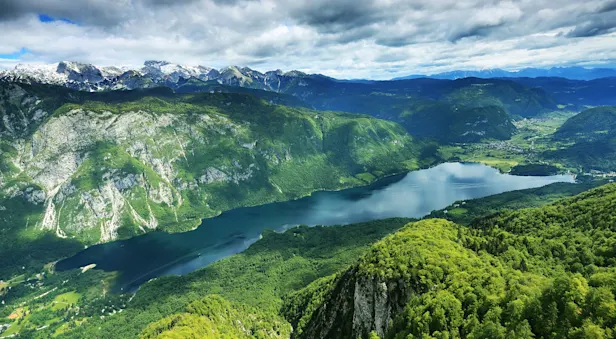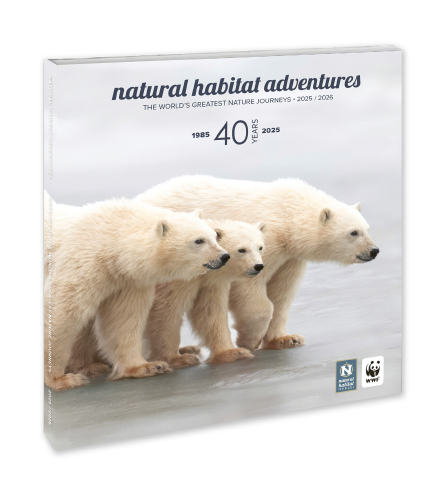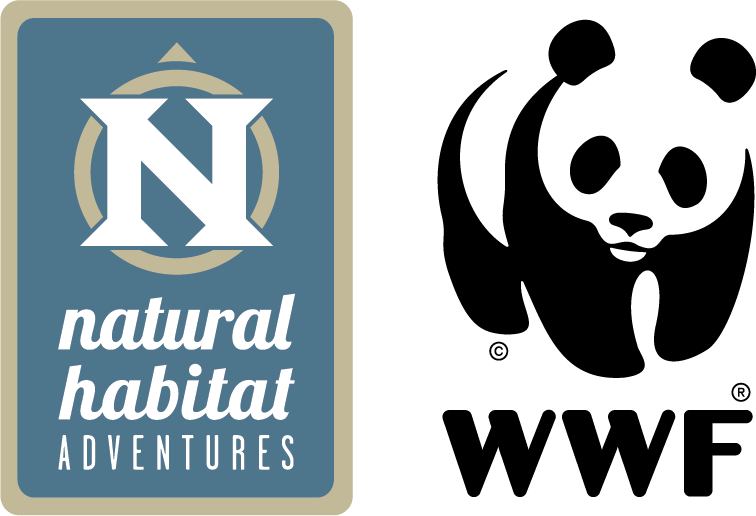Croatia Conservation Highlight | Protecting Eurasian Griffons
With a nine-foot wingspan, the griffon vulture is Europe's largest bird. The first time you see one fly overhead, you can’t help but stop and wonder if pterodactyls have returned to Earth. Vultures are misunderstood but important members of the environments they inhabit. Because they are scavengers, they are often reviled. However, they provide the critical ecosystem service of cleaning up carcasses and other organic waste in the environment, reducing the spread of diseases in both wild and domestic animals, and pathogenic risks to humans.
The IUCN Red List status of African-Eurasian vultures has seen drastic changes for the worse in recent years; the majority of species are listed as Critically Endangered, the highest category of threat, indicating a very high risk of extinction in the wild. They are the most threatened group of terrestrial migratory birds on the planet.
There are a number of reasons for population declines among vultures. They are often poisoned, either intentionally or by eating a carcass of a predator that was poisoned to protect livestock. Habitat degradation often leads to losses of nest trees or roosting sites. Declines in other species’ populations means there are fewer carcasses for vultures to feed on. And natural areas converted for human habitation eliminate most of the resources they rely on and bring them into closer contact with people who may wish to do them harm.
During the last 20 years, concerted efforts have been underway to protect griffon vultures around the Balkan Peninsula. The approach is holistic, incorporating educational and scientific programs that complement each other. In collaboration with the Zagreb Institute of Ornithology, the Griffon Vulture Visitor Centre monitors the Griffon Vulture population on the Kvarner Archipelago (Cres, Krk, Prvic and Plavnik) and marks them in their nests, following some by GPS satellite transmitter.
More than 860 have been ringed/marked, and there have been more than 2,000 sightings of these identified birds in Europe, Asia and Africa. On Cres, two permanent vulture restaurants provide 50–60 tons of meat per year to wild and captive vultures that have fallen into the sea or that have been injured, exhausted or poisoned. They are treated and rehabilitated in a custom-built recovery center.
During the last ten years, 112 rehabilitated griffon vultures have been released back into the wild. On top of this, almost all the electricity pylons on Cres have been made electrocution proof. As a result of these efforts, the griffon vulture population has increased during the last ten years from 35 breeding pairs to 80 on Cres, and from 12 pairs to 30 on Krk. The total population on the Kvarner Archipelago (i.e., the current Croatian population) has risen from 70 breeding pairs ten years ago to 130 pairs now.


























